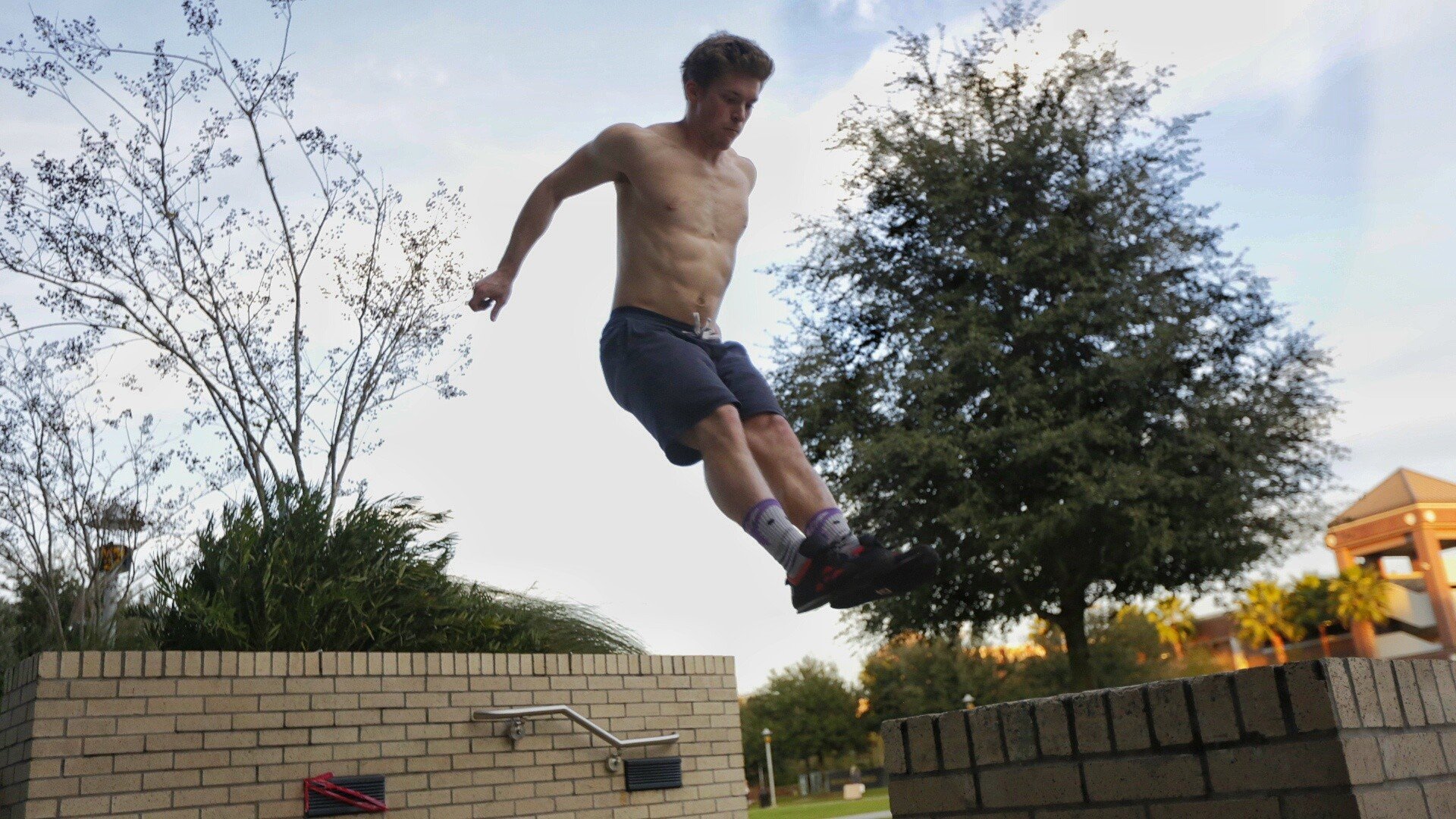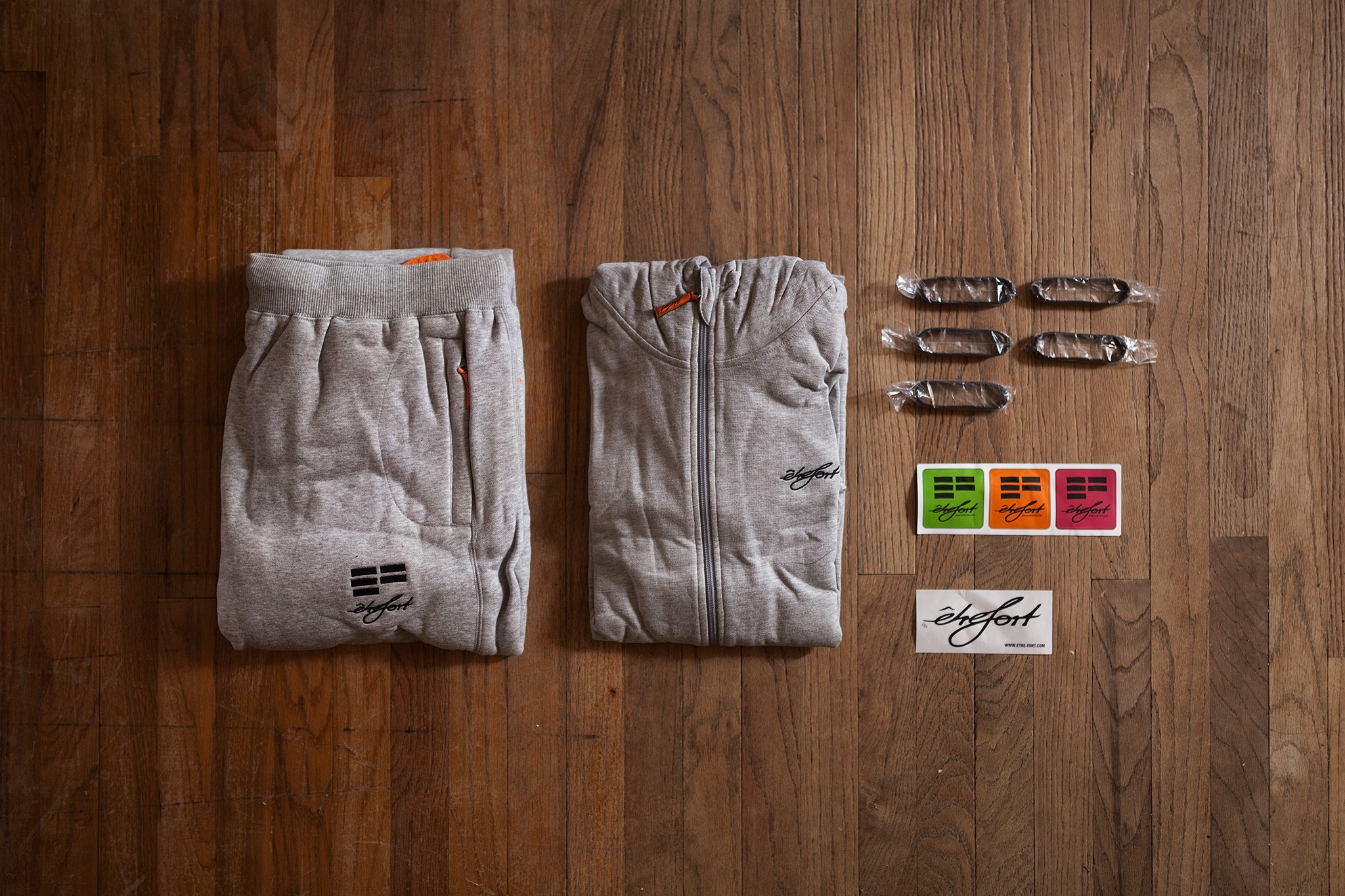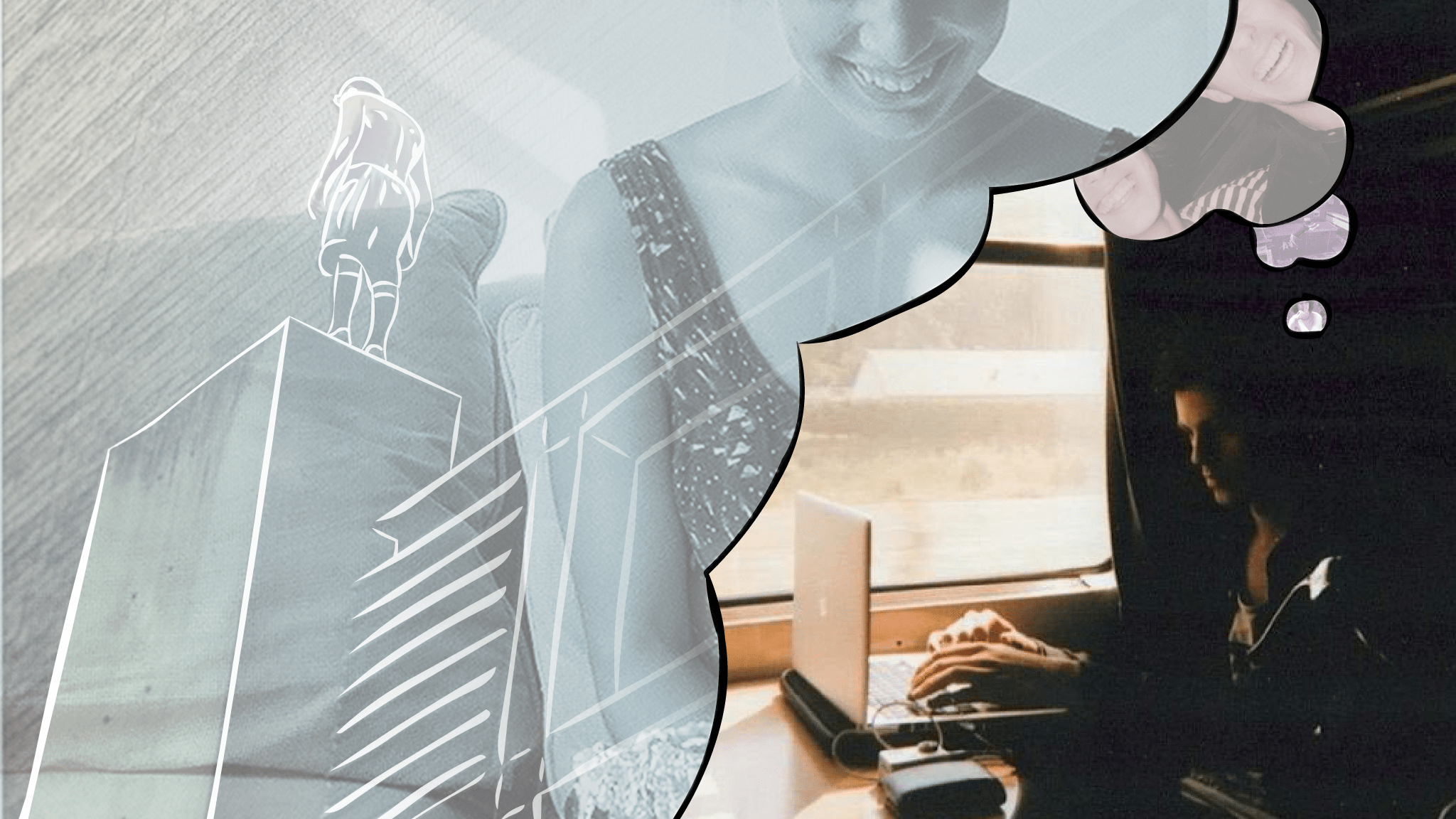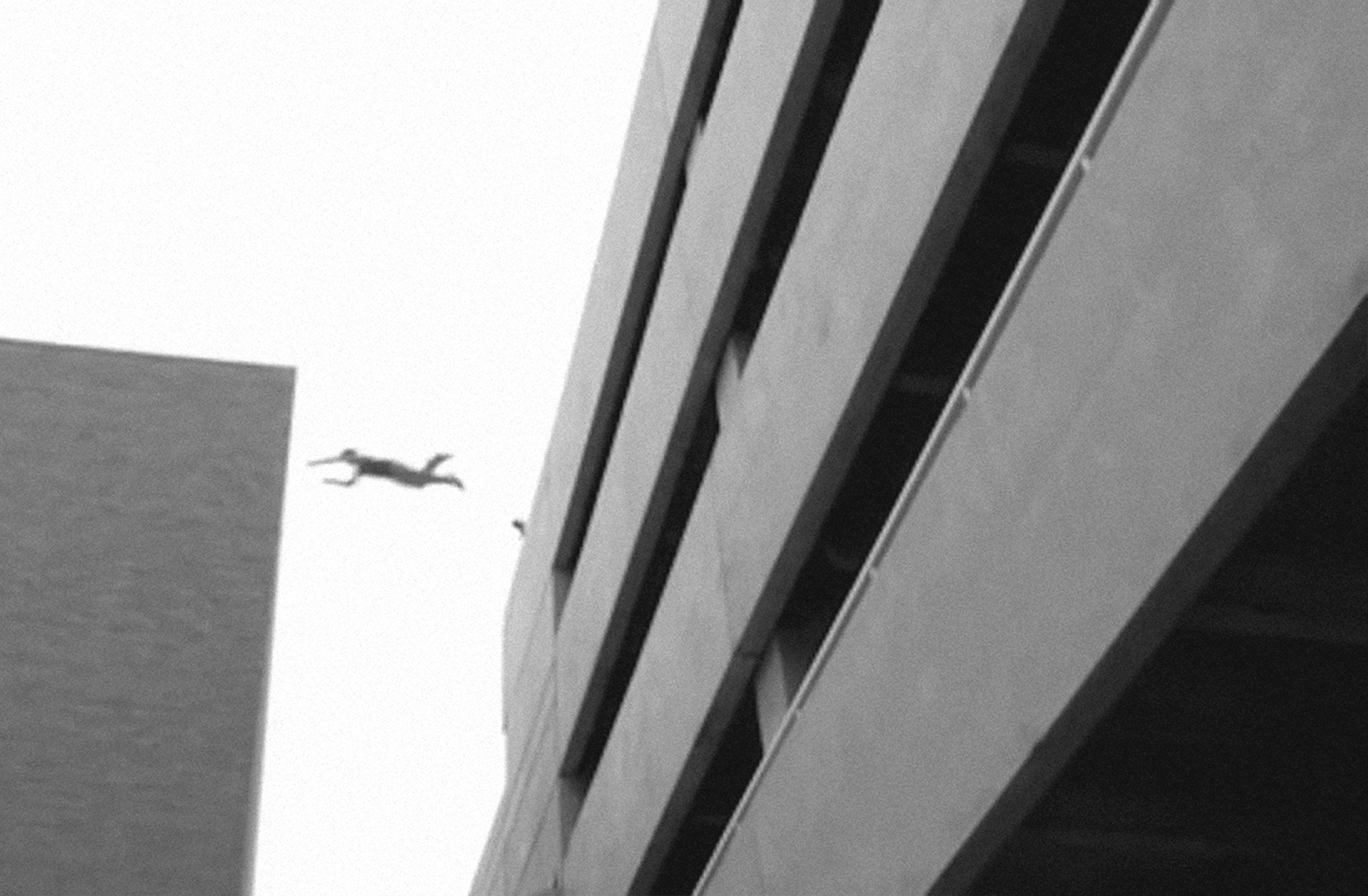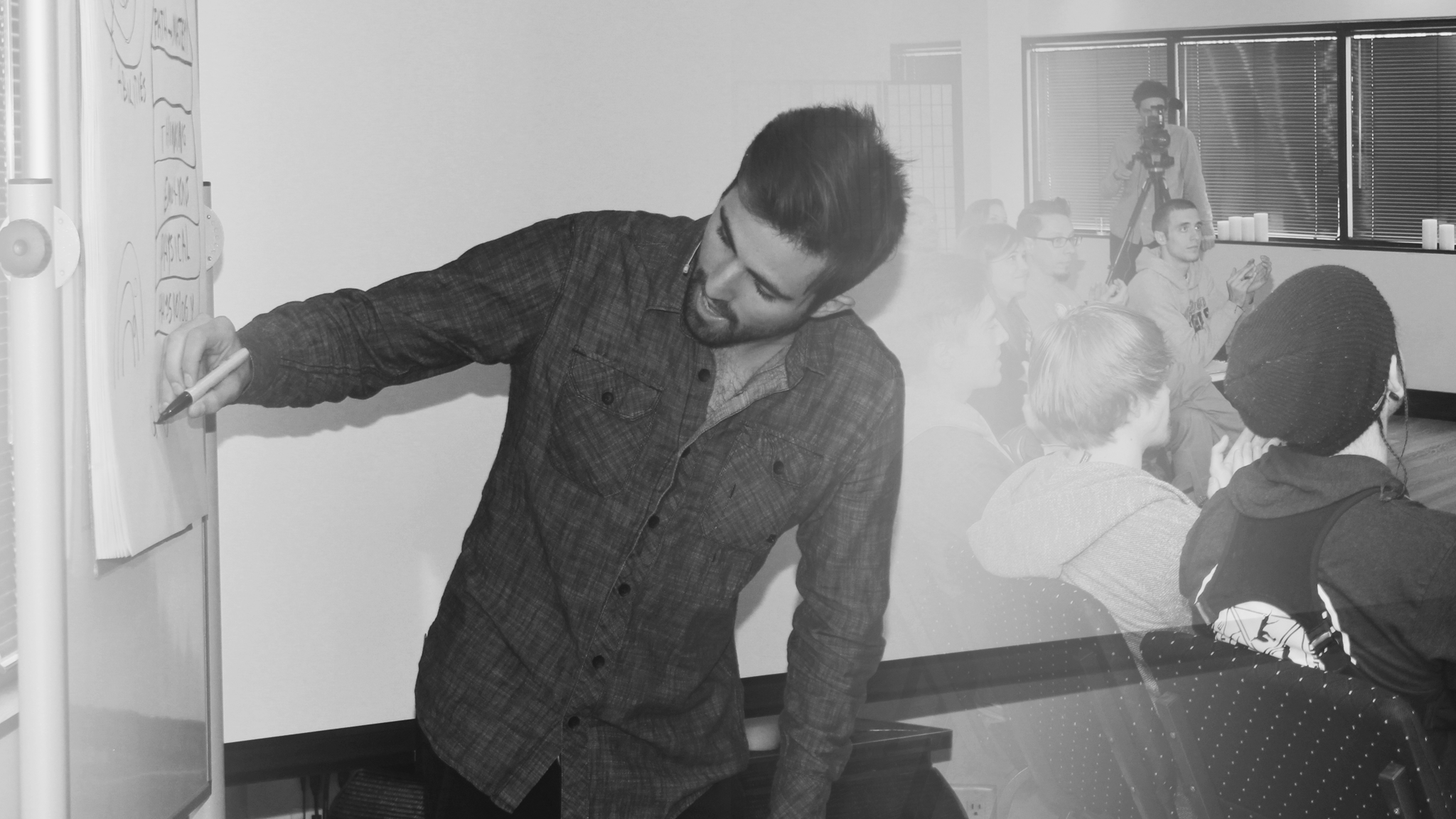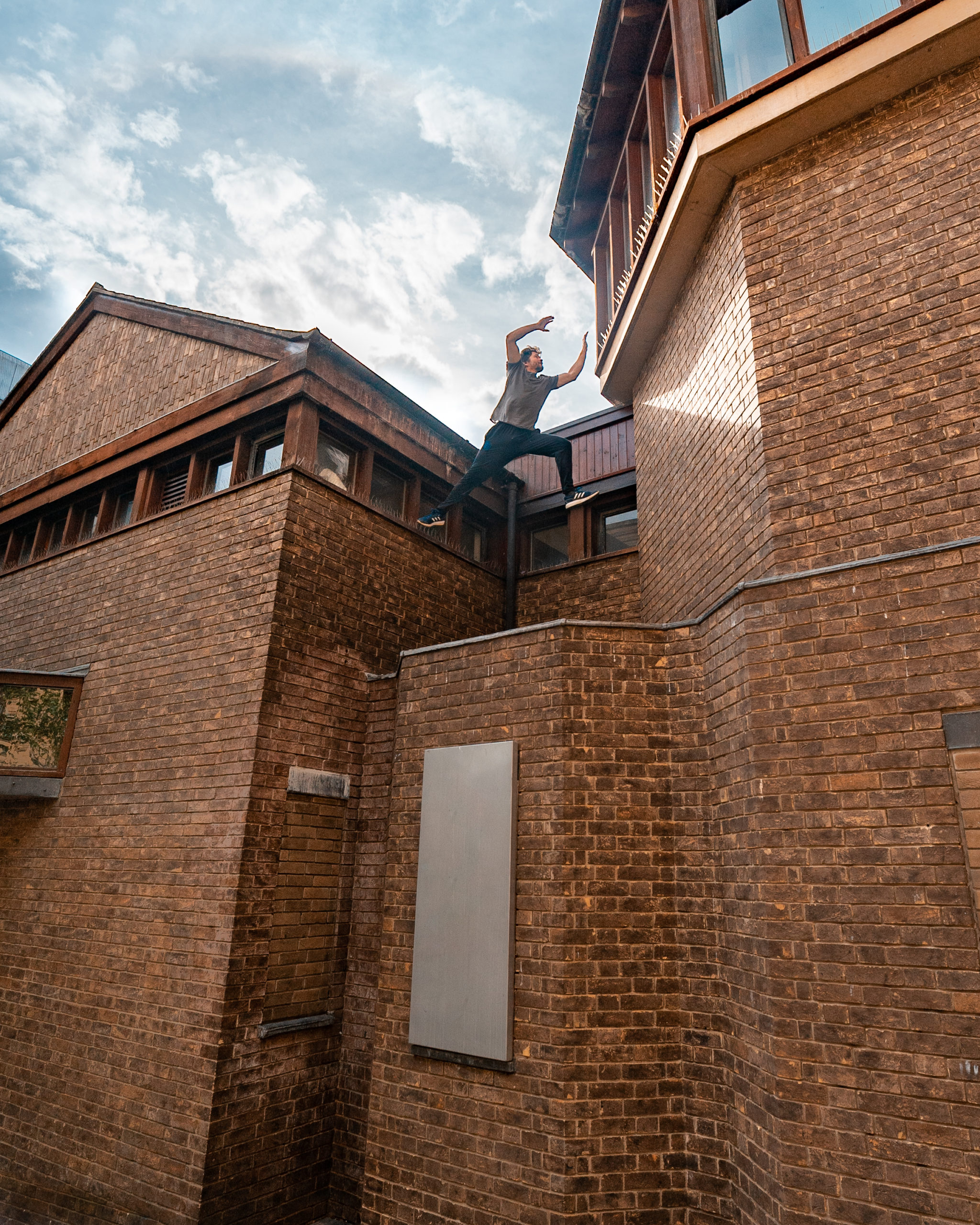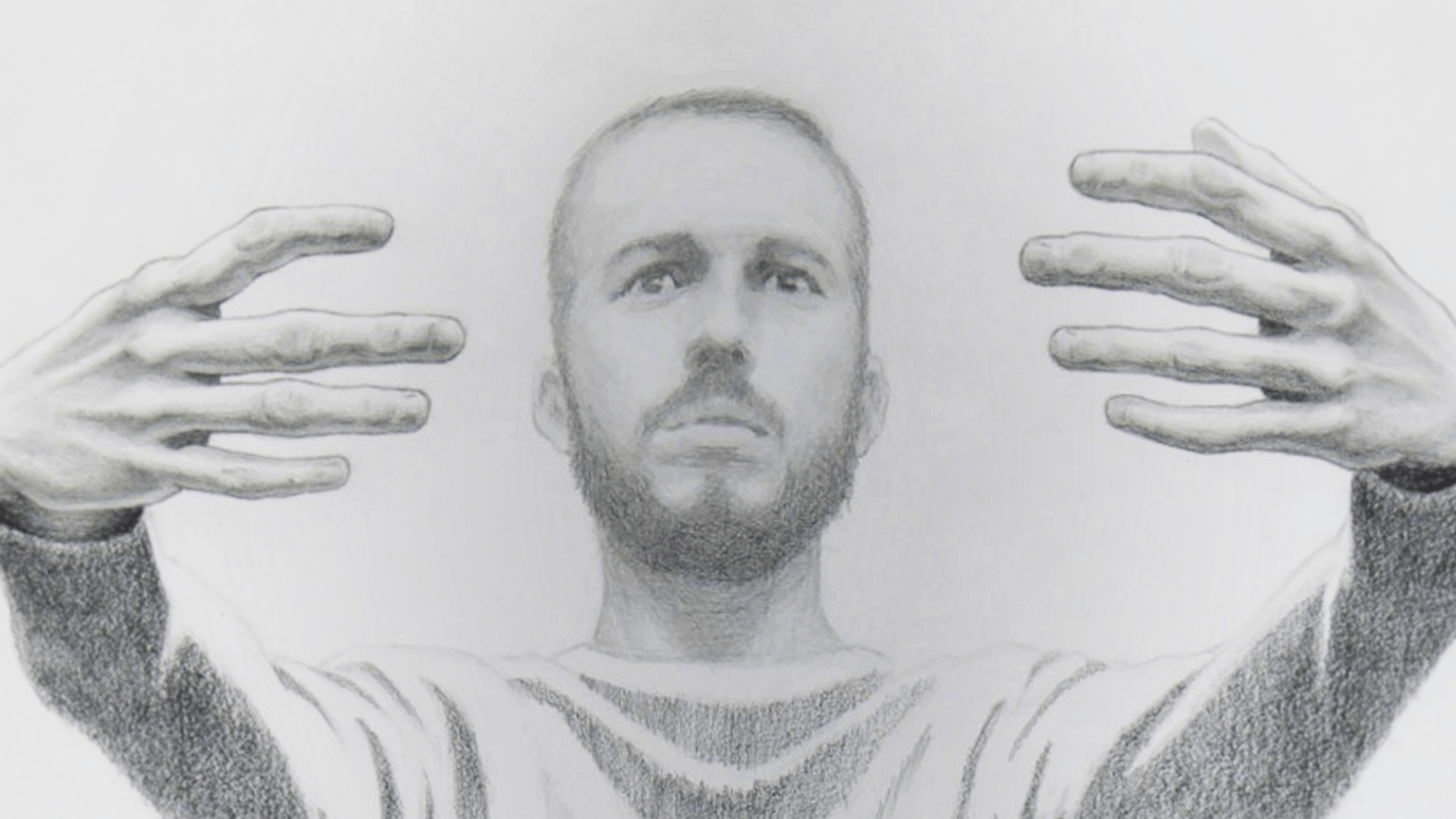Having trouble with your training? Looking to take things to the next level? Whether you’re a noob or an elite practitioner these seven training hacks can help you push through your plateaus to new heights: And they’ll only cost you are a few months of hard work! Ranging from the purely mental to the purely physical, here are seven great tips I’ve picked up over my years of training that have helped me progress safely and efficiently.
#7. Stop Trying, Start Doing
“Do. Or do not. There is no try.”
While this was originally meant to inspire a young Luke Skywalker to lift his X-Wing Fighter out of a swamp on Dagobah, it’s just as applicable to parkour training. Do you find yourself having trouble committing to jumps you know you can make? Chances are you need to practice trying a bit less, and doing a bit more.

A huge part of developing confidence in parkour stems from knowing your abilities and limitations, and it’s hard to know them accurately if you’re constantly chucking yourself at jumps with 60% commitment. A few weeks ago in Orlando, Brandon Douglass, from APEX Movement and Myrm, gave an excellent workshop on the mental side of parkour. He talked about something he called, “FATA: First Attempt, True Attempt.” The idea being that once you’ve determined you’re physically capable of making a jump safely, you commit 100% on your first attempt. The goal is to eliminate the, “I’ll just jump in front of the wall 12 times,” approach and (instead) train your mind to commit to challenges immediately. Not only does this save energy and time, it keeps you safe and helps build confidence for jumps where you won’t have the luxury of failing or half-jumping. Now, this doesn’t mean you don’t prep your challenges to make sure you can do them safely: Testing your surfaces, measuring distances if you’re unsure, and keeping your bail options in mind are smart. But when you go for your first attempt, those things should be in the back of your head, and the challenge itself should occupy all your attention. So how do you get started? Begin applying this mindset on a small scale! Find simple challenges that take a few attempts and try to “flash” them (complete them on your first attempt). Then, like everything else in parkour, build from there. You’ll find that after a few weeks of less trying and more doing your confidence and commitment levels will skyrocket. Approach every challenge like this and soon enough you’ll be a lot more comfortable with being uncomfortable!
#6. Train with Fewer Expectations
Let me tell you a story: You’ve been looking at a jump for a few weeks and decide one night that tomorrow’s the day you’re going to do it. You chew it over all night, you dream about it, and you wake up ready to tackle the jump and battle it out with yourself. Outside and the sun is shining; the weather’s perfect. When you get to the spot and look at the jump you’re confident, you feel strong… and then you start moving. All of a sudden, years of parkour experience feel more like months. Your technique is off, your power levels are down. What gives?
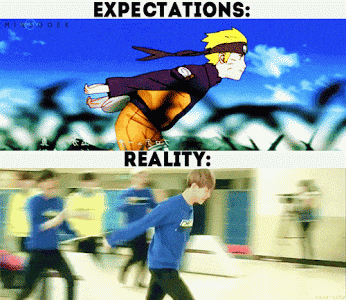
Some days you feel on, and some days you just feel off. That little story has happened to me more times than I care to admit, and it’s ALWAYS frustrating. Getting psyched up for a jump only to be let down by your body can ruin an entire day. But it doesn’t have to. While setting goals for yourself is hugely important in parkour (in fact, it may even make a special appearance further down on my list) having high expectations can be a double-edged sword. I like to manage my expectations by setting them as I’m training. On any given day I think of my warm-up and first 15-20 minutes as a diagnostic test. It lets me know what my body wants to do that day, and what it doesn’t. Then, I do my best to adapt my training to my given strengths for that particular session. If I’m having trouble sticking my landings but my websters and cart-fulls feel great, maybe I’ll train a little acro. If my legs feel weak but my technique is on point, I might take my shoes off and do some barefoot work. Listening to your body, and then adjusting your expectations to match, is a great way to have consistently fun and safe training experiences. I hate days where I feel like I’m grinding out my training, and in the past few years, I’ve come to realize that most of those days were the result of forcing my body to live up to arbitrary expectations I’d set a few days earlier! Allowing myself to set expectations for a session in the moment has been a quick and easy fix for this issue. Keep your goals in mind, but specific expectations low, and listen to your body. I guarantee you’ll have more fun with your sessions, and make more progress in the long run!
#5. Stay Inspired
In parkour we don’t have huge competitions, sponsorships or events to keep us motivated in our training year-round. The fact that (for most people) parkour is a highly self-motivated discipline is one of my favorite things about it. But it can also be your downfall if you’re not working to stay inspired. We are what we eat, and I love to spend my “off-time” consuming books, movies, music, poetry and TV shows that inspire me to train harder and be a better version of myself. While it might seem cliché, using media to keep yourself motivated is an important tool for athletes (like us) who are generally training without the benefits of coaches, teams and/or dedicated training facilities. About 60-75% of my training is solo, and the only way I’ve been able to survive over the years is by constantly consuming inspiring content. There are centuries of outstanding books (on topics ranging from nature to philosophy to the life of samurai) that I’ve found extremely applicable to parkour, not to mention hundreds of blog posts from fantastic athletes (my personal favorite being blane’s blog) addressing every training-related topic you could possibly imagine! If you’re more of a “hype material” kind of guy (or gal), there are plenty of comics and manga that fit the bill. And of course, there are hours and hours of amazing content from every sport imaginable on YouTube!
In fact, check out my list of influential videos here!
It’s natural for your training to have its ups and downs as you progress from year to year. Just realize that your training will (almost) never be as good as your best days and (almost) never as bad as your worst. Keep your mind, and your spirit focused on the middle path for consistent and fun sessions. And if you start to feel down check that you’re making the appropriate corrections to your “off-time” diet!
#4. Compare and Contrast
While parkour is a self-motivated discipline, the urge to “compete” and compare your skill level to that of your peers is natural. And I’d argue it’s not (always) a bad thing. Parkour videos are a great example of little “competitions” that happen every day across the community. You film lines or tricks you’re proud of, slap ’em together and send the final product out for the approval of your fellow athletes. It’s a great way to get feedback and a little ego boost (if that’s what you’re into) at the same time. This is one side of the parkour video. The other side is more academic and diagnostic, and this is where my hack comes into play.
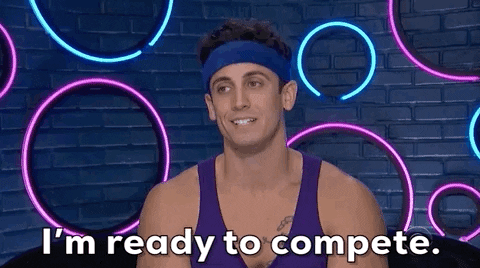
Every single time you film yourself, use that video to critique your own movement. Whether you upload it to YouTube, Facebook, Instagram or keep it on your laptop, take every single clip as an opportunity for improvement. Run it in slow motion. Look at how you take off for the jump, or how you land. Watch your ankles, your knees, your hips, your arms. Then bring up a video of someone who does the movement better than you, and start comparing. If you’re working on strides you should have videos of Phil Doyle or Kie Willis sitting on your laptop for slo-mo playback. If it’s plyos or landings, make sure videos of Alex Schauer, Dylan Baker or Callum Powell are ready. And if you’re working on laches, a mid-swing screenshot of Joe Hougaard should be the background of your computer. It’s not enough to look at a video of yourself and say, “I could do better.” Get specific. Compare and contrast your techniques with the best in the world. And this isn’t only true for video! If you have the chance to train with elite parkour athletes, take advantage of it. Watch them move. Watch how they set challenges for themselves and approach those challenges. Then, take that information and apply it to your own training. As I said before, we don’t have the luxury of coaches who will tell us what to train, when to train it and how hard to go. Most of the time you’ll have to be your own coach. And that can work perfectly fine if you remember to treat yourself as both coach and athlete. Don’t forget that parkour is as much a mental discipline as a physical one. If you want to improve, you can’t train without thinking.
#3. Program Yourself
One of the most important parts of being a coach is developing a training program for your athletes. Since most of us are our own coaches, it follows that it’s important for us to learn to program ourselves. What do I mean by that? We’ll start with the basics: What are your weaknesses and what are your strengths? I’ve got plenty of time so I’ll wait for you to grab a piece of paper or make a little list on your phone… So go do it! It’ll be important later on. I promise.
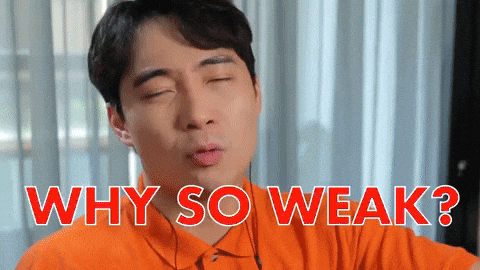
Okay, the list you just wrote (or hopefully at least thought of before your lazy ass scrolled down to read more) is the beginning of your training program. The fundamental idea behind any type of training is to improve your weaknesses while maintaining (or improving) your strengths. Parkour is such a huge, diverse discipline that it’s almost impossible to train every aspect of it successfully. I say almost, because it is possible, you just have to be very, very motivated and very, very schedule-oriented. So let’s get started.
Step 1 is to make a contract with yourself. Promise you’ll spend at least half an hour of every training session working on something you’re bad at. I like half an hour because it’s enough time to be productive but not enough time for you to get depressed and start hating what you’re working on. If you decide 30 minutes is too short after a few sessions, feel free to bump it up to 45 or 60.
Step 2 is to make sure you hold yourself to that promise for the next month. No matter what.
Step 3 is to re-assess your strengths and weaknesses every single month, forever. That’s it. I’m not joking. The moment you stop thinking about what you can improve and how to improve it is the moment you stop improving. Training parkour isn’t rocket science (thankfully).
So what if you work on something for months and don’t see any progress? The great (and sucky) thing about parkour is that huge physical changes are often the result of small mental ones. Programming yourself isn’t just about making sure you’re practicing all the physical aspects of parkour. It should incorporate the mental ones too. If sheer volume and exposure aren’t helping you progress at a certain movement or skill, take a step back. Think about some of the other training hacks we’ve mentioned here and try to apply them to your current progress. Do your best to identify if your problem with the challenge is physical or mental. If it’s mental, keep hacking at it with the tools I’ve given you, or ones you may have picked up in your own training. Make sure you’re doing your best to reprogram any of the bad mental habits you’ve accumulated. If you realize the problem is physical, your programming is about to get a lot more fun. And exhausting.
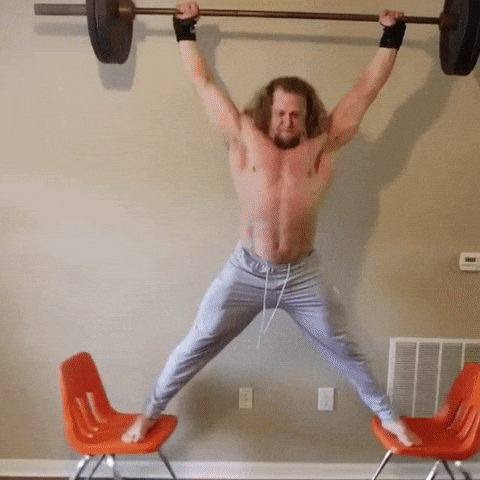
You can trace almost any physical issue back to one of three things: A lack of movement “experience” (motor control), a problem with strength or a problem with mobility. Since consistent training should take care of basically all your motor control, that leaves strength and mobility to program for. Depending on your style of training, your interests and how willing you are to dedicate lots of time to getting stronger, you’ll all end up spending different amounts of time working these two things. But NO MATTER WHAT everyone should be working both strength and mobility consistently. For almost all physical challenges, increasing your power and raw strength is the ultimate training hack. And excellent mobility is the key to your longevity and health in parkour. There are whole books (Ryan Ford just released his book Parkour Strength Training) and YouTube channels dedicated to the subject of strength and mobility work. Invest in Ryan’s book or start Googling basic strength training programs and mobility exercises. Just treat your body with the respect it deserves and it will pay off dividends in your training.
#2. Travel
I’ll keep this one short and sweet. Travel for parkour has had its praises sung by pretty much every major parkour team and athlete, and for good reason. The progression that comes from being constantly exposed to new spots, new training partners and new mindsets is unparalleled. Plus, all the awesome memories and experiences will definitely help keep you inspired back home! I’ve had a few huge “paradigm shifts” in my training over the past 8.5 years and they’ve all come as the result of a big trip. Most of the “hacks” I’ve discussed in this article were inspired by experiences or conversations I had while on the road.
So how do you get started with your travels? Watch a few videos, do a little research and pick a spot. Decide beforehand how comfortable you are with “dirtbagging” it (and be honest with yourself; while Storror videos glorify cheap travel, it’s definitely not for everyone) and let that influence your location. Remember to keep in mind language barriers, exchange rates for foreign currency, weather and so on! If you don’t have much money, but you’re fluent in Spanish, a trip to Mexico or Spain might be a lot better than a trip to England or Denmark. Try to get in touch with the local community, and if they offer you a place to stay or a few home-cooked meals, feel free to accept. Just don’t be a douchey house-guest: Clean up after yourself, do a few dishes, be polite and help however you can. It’s a surefire way to make sure your host doesn’t hate you forever. And if you’re staying with someone’s parents please take advantage of the shower. L’eau d’homme is a pungent perfume best enjoyed exclusively in the presence of other traceurs.
All that aside, travel really is the best way to broaden your parkour experience. No matter where you go, and as long as you stay open-minded, you’ll meet new people and have amazing experiences. And by the end, you’ll have tons of new training tips to bring back home with you!
#1. Start Training
Man, this number 1 training hack is such a cop-out. Start training? Training? Seriously!?

How often do you train parkour? Do you go to sleep thinking, “Today, I trained as hard and smart as I could,” or is it more along the lines of, “Well, at least I got out for a bit today”? We all have things in our lives that stop us from spending as much time training as we might like to. Some of these are vital to living a fulfilling life – spending time with your family or significant other, going to school, working – while some of them are not. If you really care about parkour and want to improve you’ll have to cut down on the latter. That means managing how much time you’re spending playing video games, or browsing Facebook and Instagram or reading comic books (guilty as charged). The best way to get better at parkour is to practice parkour like a goddamned madman. Training has to be your priority. That means if it’s raining, snowing or boiling hot outside, you’re spending more time than not being productive. If you want to take your training to the next level you should do your best to get out in all conditions. Expose yourself to the elements. See how it feels to balance on a rail in the rain, or vault a wall covered in snow. Take your shoes off. Try a few jumps with bare feet, or in socks. Train ’till you’re covered in sweat. Then train some more. The best thing about parkour is that there’s no secret to getting good. If you train hard enough and smart enough for long enough, you’ll get there. To quote Saitama, “The true power of us human beings is that we can change ourselves.” Push yourself in your training and avoid complacency like the plague. Know your limits and train within them, but just barely. Do your best to fall asleep every single night happy with the quality of your training, but never satisfied.
Train to the best of your ability. It’s the ultimate parkour hack.


